NEW STAIN & SWEAT RESISTANCE FABRICS
REPELLENCY
The fabric is hydrophobic (water-resistant) and lipophobic (oil-resistant) and thus liquids resistant.
To explain how water-repellency works, it is first necessary to explain what a liquid is.
Besides their seemingly great diversity, all liquids are made up of either water or oil. Water and oil are known as solvents. Besides water or oil, the “rest” of the components in a liquid are called solute.
A liquid is a solvent in which a solute has been dissolved or diluted.
This is why, to repel a liquid, we just need to be able to repel its solvent.
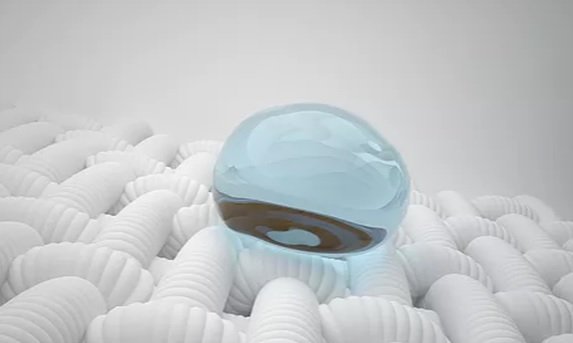
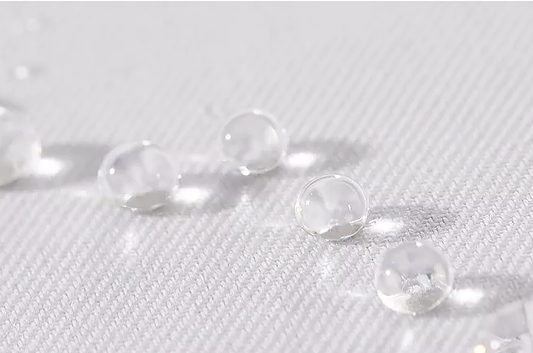
To make INDUO® fabric repel water and oil, its cotton fibers were made to be hydrophobic and lipophobic.
So how come certain liquids can penetrate fabric?
What does “up to a certain point” mean?
When subjected to a fairly high level of pressure, liquid can penetrate the fabric. Knowing this is essential in caring for your garment.
Your washing machine will reach this level of pressure so it can pass water and detergent into a fabric. However for this reason, it isn’t recommended to rub a spot.
BREATHABILITY
Breathability helps disperse your perspiration as vapor.
What is perspiration and where does it come from?
Perspiration is secreted by sudoriparous glands located just below the skin’s surface. There are two kinds of sudoriparous glands
Eccrine glands
They play a key role in regulating body temperature (heat, physical effort). The perspiration they secrete has no odor and is essentially made up of water, mineral salts and lactic acid.
Apocrine glands
These are located under the armpits. Their activity is not triggered by heat but instead responds to psychological stimulus (emotions, stress). This perspiration is rich in lipidic, uric and ammoniac components. Though different from the previous type of perspiration, this type of sweat is also odorless.
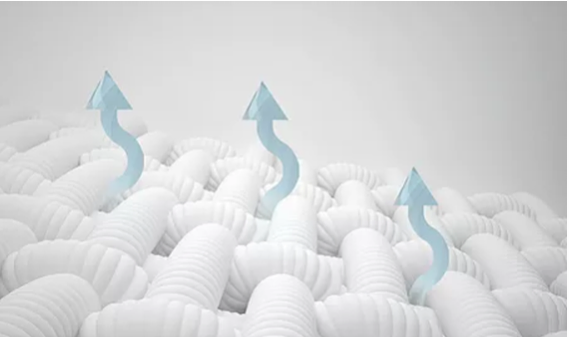
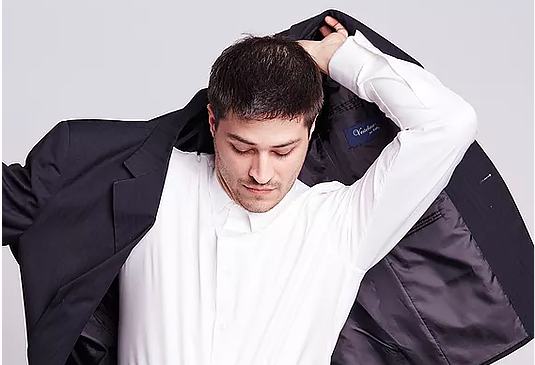
How do my clothes help to aggravate this phenomenon?
Cotton is hydrophilic. In fact, cotton clothing actually absorbs perspiration. The problem is that once it is absorbed, perspiration is stored inside a fabric’s fibers, an ideal setting for bacteria which will cause unpleasant odors to proliferate. And the more you perspire, the more this problem spreads. This is how sweat rings OR rings are formed.
So where do unpleasant odors come from?
Odors aren’t caused by perspiration but by bacteria that are naturally present on the skin’s surface. These bacteria are nourished by absorbing perspiration secretions, transforming and then expelling them as odorous molecules. Other secondary factors also influence body odors like hairiness or diet.
What difference does the INDUO® fabric bring?
It avoids sweat rings
Unlike traditional cottons that become saturated with water, INDUO® fabric repels liquids and thus perspiration. This limits the spreading of rings.
It evacuates perspiration
So perspiration doesn’t remain in the garment, we have made INDUO® fabrics breathable. Perspiration is naturally dispersed since it evaporates into the air as gas. But INDUO® fabrics repel liquids, not gas. So their breathability helps gas pass quickly through the fabric. For this reason, your perspiration is dispersed rapidly.
INDUO® EST UN TISSU DE CHEMISE QUI VOUS PERMET DE FAIRE TOMBER LA VESTE !
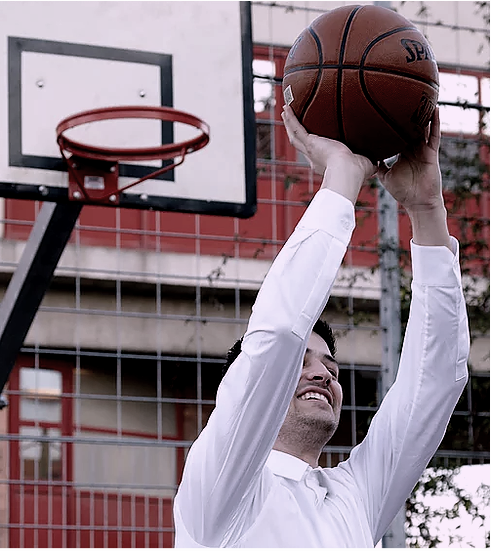
HOW DOES IT WORK ?
INDUO® fabric, manufactured with our own patented technology, is made of cotton. Its special properties can be characterized by the combination of two qualities: repellency and breathability.